Picture this: you’re a waiter in a busy restaurant. Orders are flying at you left and right, and you’re scrambling to keep track of who wanted the steak medium-rare and who asked for no pickles. But then, as soon as you serve a table and complete their order – the details vanish from your brain like a puff of smoke.
That’s exactly what Soviet psychologist Bluma Zeigarnik noticed way back in the 1920s. She realized that her waiters could remember complex orders while they were still in progress, but once the dishes were delivered, those memories evaporated. It was like their brains had a built-in “clear history” button for finished tasks.
Zeigarnik’s curiosity was piqued. She started conducting experiments and found that this wasn’t just a fluke of the food service industry. Time and time again, people were better at remembering unfinished or interrupted tasks than those they’d completed. It was like our brains just can’t let go of loose ends.
The Power Of The Unresolved
So why do we get so fixated on unfinished business? It all comes down to the way our brains are wired. We humans are hardwired to seek closure and resolution. When something is left hanging, it creates a kind of mental itch that we just can’t help but scratch.
It’s the same reason we get sucked into page-turner novels and binge-worthy Netflix series. When a story leaves us hanging, our brains kick into overdrive, churning over all the possible outcomes. We become invested, emotionally and mentally, in seeing the narrative through to its conclusion.
This effect isn’t just limited to thrillers and soap operas. It works just as well for blog posts, emails, landing pages, and ads. When you create a sense of anticipation or leave a question unanswered, you tap into that primal human need for closure. You make your reader an active participant, eager to stick around for the payoff.
Using The Zeigarnik Effect In Copy
How do you actually use the Zeigarnik Effect in your own writing? Here are a few tips to get you started:
Craft cliffhanger headlines
Your headline is the first (and sometimes only) thing your reader will see. Make it count by teasing a tantalizing benefit or posing an intriguing question that demands to be answered. Something like “You’ll Never Believe What Happened When I Tried This Productivity Hack” or “The One Skill That Separates Successful Entrepreneurs From Everyone Else”.
Use open loops
An open loop is a story or idea that’s introduced early on but left unresolved until later. It’s like a narrative thread that you tease out bit by bit, keeping your reader hanging on to see how it all ties together. You can create open loops by hinting at a surprising insight, sharing a personal anecdote, or foreshadowing a revelation to come.
Tease the next step
If you want your reader to take a specific action, like signing up for your email list or buying your product, don’t give away the farm upfront. Tease the value they’ll get by taking that next step, but leave a bit of mystery. Something like “Sign up now to get my three secret techniques for doubling your conversion rates (hint: #2 is a game-changer!)”.
Break it up
Sometimes, the mere act of breaking your content into multiple parts or pages can create a Zeigarnik effect. When your reader has to click “next” or “continue,” it creates a small but powerful moment of tension. They’re invested now, and they want to see it through. Just be sure each new section delivers on the promise and propels the story forward.
Summing Up
The Zeigarnik Effect is a powerful tool in any copywriter’s toolkit. It’s a way to grab your reader’s attention, keep them engaged, and make your message stick in their mind long after they’ve clicked away.
But like any psychological trick, it needs to be used ethically and judiciously. Respect your reader’s intelligence, and use the power of the unresolved to enhance their experience, not to manipulate or mislead.
When you can strike that balance, you’ll have a captive audience ready to hang on your every word.

